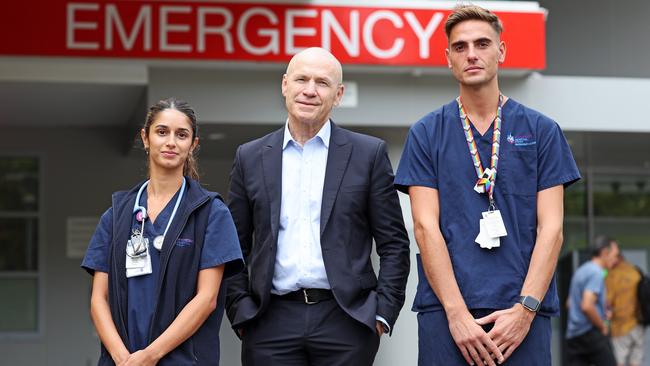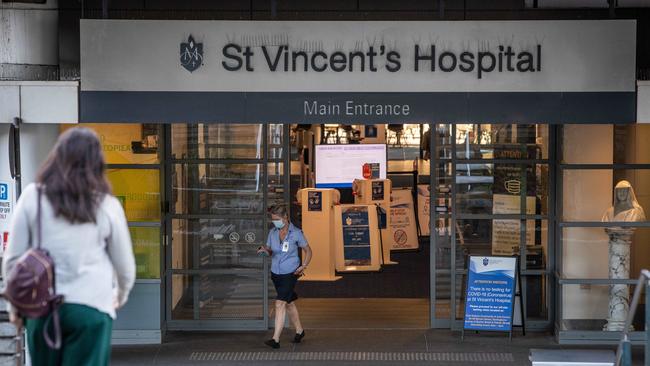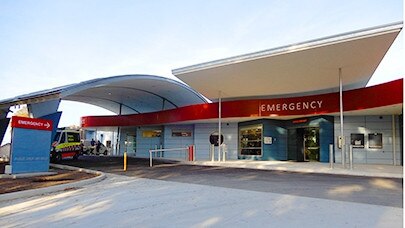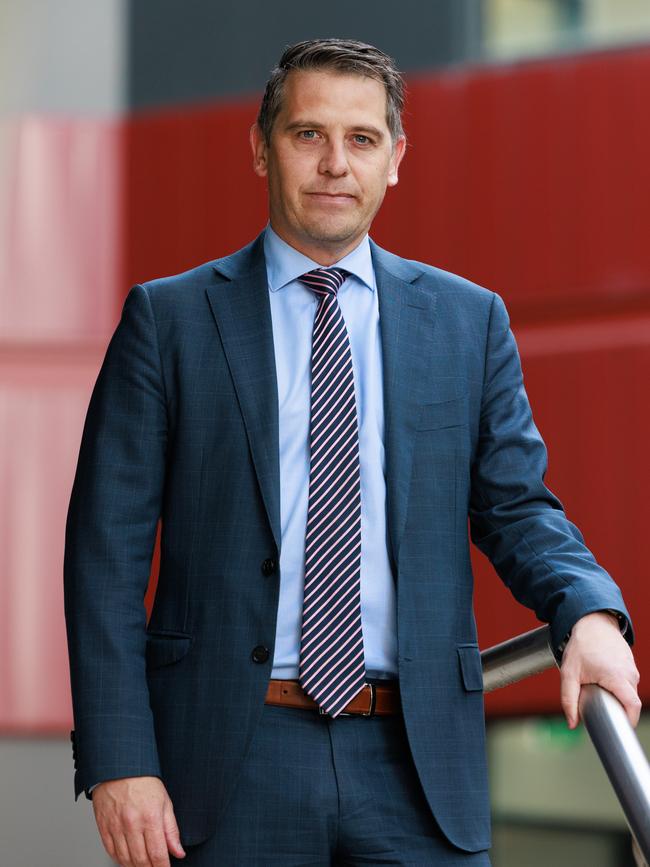NSW emergency departments pay the price as GPs cut bulk-billing
As the number of bulk-billing GPs continues to plummet, hospital emergency departments are being flooded with cash-strapped patients who have ‘non-urgent’ ailments.
NSW
Don't miss out on the headlines from NSW. Followed categories will be added to My News.
A Sydney hospital has seen a 50 per cent increase in people attending its emergency department for “non-urgent issues” as the number of bulk-billing GPs plummets across the state.
With more than 160 doctors across NSW stopping bulk-billing in the past 12 months, people are instead attending emergency departments for treatment of minor aches, pains and rashes, in a bid to avoid a costly trip to the GP.
A standard GP consultation can cost up to $102, so even after the Medicare rebate of $41.20 people are having to fork out more than $60 to visit their doctor.
New data from the Bureau of Health Information’s latest report showed that from October to December 2023, non-urgent presentations at Sydney’s St Vincent’s Hospital had jumped by 50 per cent compared to the same period the year prior.
“Non-urgent” presentations to the emergency department are classified as “minor illnesses or symptoms that may have been present for more than a week, such as rashes or minor aches and pains”, while the “semi-urgent” classification includes things like a foreign body in the eye, sprained ankle, migraine or earache.

Of the 16,000 presentations in the quarter, more than 4500 were non-urgent or semi-urgent.
This coincided with doctors in the City of Sydney LGA canning bulk-billing.
Exclusive data from online healthcare directory Cleanbill revealed that of the 78 doctors in the area, just 16 bulk-billed, down from 19 the year prior.
Cleanbill founder James Gillespie said it was “very fair” to assume the increase in non-urgent emergency department presentations was related to the reduction of bulk-billing GPs.
“If Australians can’t find an affordable, available GP, their ailments don’t just go away,” he said.
“They either go to the emergency room because that’s where they know they can get care for free, or they wait and end up in the emergency room anyway but with a worse ailment exacerbated by lack of care to that point.”
St Vincent’s Emergency Department head Dr Paul Preisz said the hospital was in a geographical location that serviced many at-risk, vulnerable and elderly people — meaning some did not have the ability to pay even a small gap fee to visit a doctor or buy medication. “It really is a barometer of the economy here,” he said.

Dr Preisz said the emergency department was under constant pressure, with increases in both very serious and minor cases.
“If you have got a GP and you’re not critically ill and you could see that GP, that would help everybody,” he said.
“But we do not want people waiting and getting sicker before they do come in — and that is something we have seen.”
With the increase in demand, Dr Preisz said St Vincent’s had moved senior doctors to the front of house in emergency to try to get patients triaged and treated faster.
He encouraged people to be kind to doctors and nurses, who were routinely missing lunch breaks and working overtime.
“There’s definitely frustration with people waiting, but we do ask people to be kind and have patience,” he said.

While statewide figures show that semi-urgent ED presentations had decreased and non-urgent visits remained stable, several hospitals experienced a jump, putting pressure on already strapped staff.
At Nepean Hospital — one of the largest in Western Sydney — non-urgent presentations jumped by 7.5 per cent compared with the same time last year.
That increase coincided with 10 of the area’s 58 GPs cutting their bulk-billing services in the past 12 months.
Of the 20,000-plus people who attended the ED from October to December 2023, more than 6800 were semi- and non-urgent.
In Blacktown, semi-urgent presentations jumped by 7 per cent from the same period in the year prior. Ten local doctors in the area also stopped bulk billing between 2023 and 2024.
Further down the coast, Shoalhaven Hospital experienced a 10 per cent increase in non-urgent emergency department arrivals – with just seven of the region’s 31 doctors bulk billing.
More than 1300 non-urgent cases were reported during the quarter – making up 12 per cent of all presentations to the emergency department.

NSW Health Minister Ryan Park said he knew how hard it was becoming to find an available GP, let alone one that bulk-billed, and he encouraged people with non-urgent issues to contact the Healthdirect hotline on 1800 022 222, or visit an urgent care clinic.
“I want the Healthdirect number to be as second nature for non-emergency medical conditions as triple-0 is to emergencies,” he said.
“In 2023, more than half of the patients who contacted the information and advice line were referred to a healthcare service other than the ED.
“We have also established an emergency department task force, to safely find innovative strategies to treat patients. It convened for the first time last month, and they will have more to say about their findings in due course.”
Hundreds of doctors have stopped bulk-billing statewide, blaming the rising cost of living.
Many GPs say they can no longer afford to subsidise patient care, and have moved to a mixed billing model to try and stay afloat.
Dr Tom Lieng, a long-time GP in southwest Sydney, was forced to close his Ingleburn practise down, as it was no longer financially viable.
Dr Lieng tried to implement a $20 gap for patients on top of the Medicare rebate, but in the local area a maximum of two to three patients a day would be considered “private patients” when they excluded aged pensioners, healthcare card holders and children.
“In southwestern Sydney there is a relative shortage of GPs due to the low socioeconomics,” he said.
“GPs are choosing to practise in areas of higher private billing. This leads to closure of general practice in the area.
“Currently a practice is closed down in southwestern Sydney every 40 days.”
While bulk billing rates rose after the federal government last year introduced an incentive for GPs if they bulk-billed children, concession-card holders and pensioners, NSW president of the Australian Medical Association Dr Michael Browning said the scheme didn’t go far enough.
“Significant investment needs to be undertaken in general practice, to actually support what is good general practice,” he said.
“And for most people that means comprehensive, preventive and timely care, but that combination under the current scheme of how payments are calculated by the by the federal government is very hard to achieve.”
Got a news tip? Email weekendtele@news.com.au





